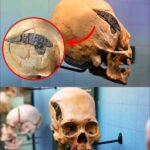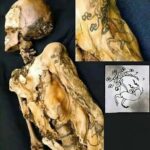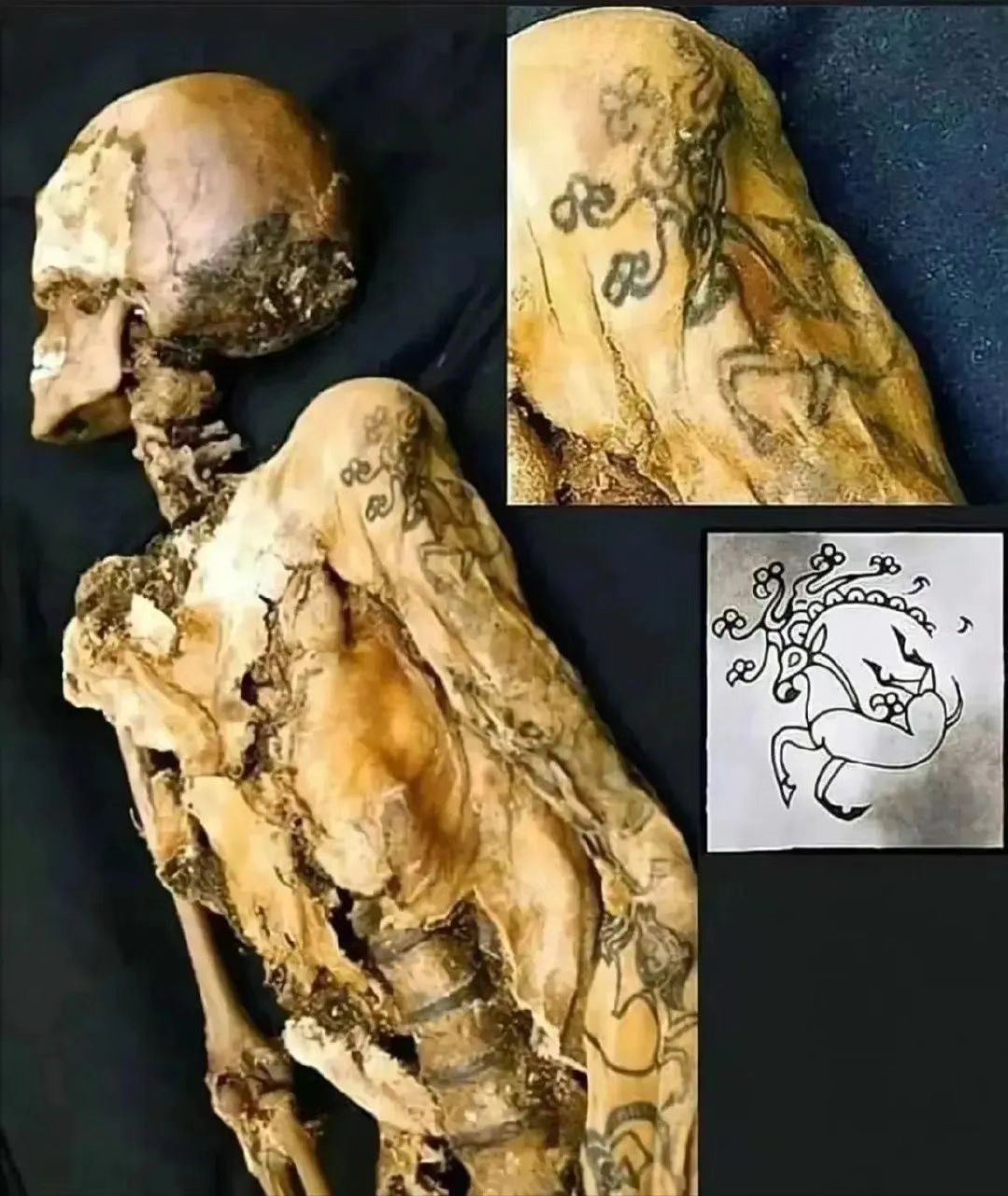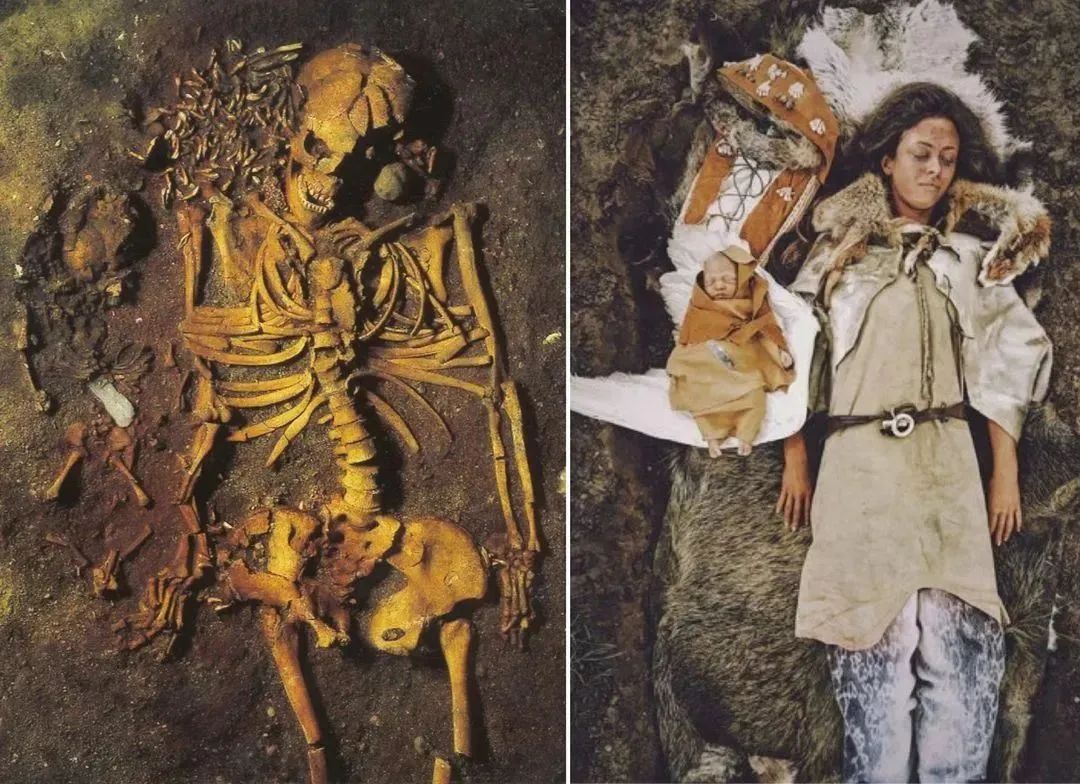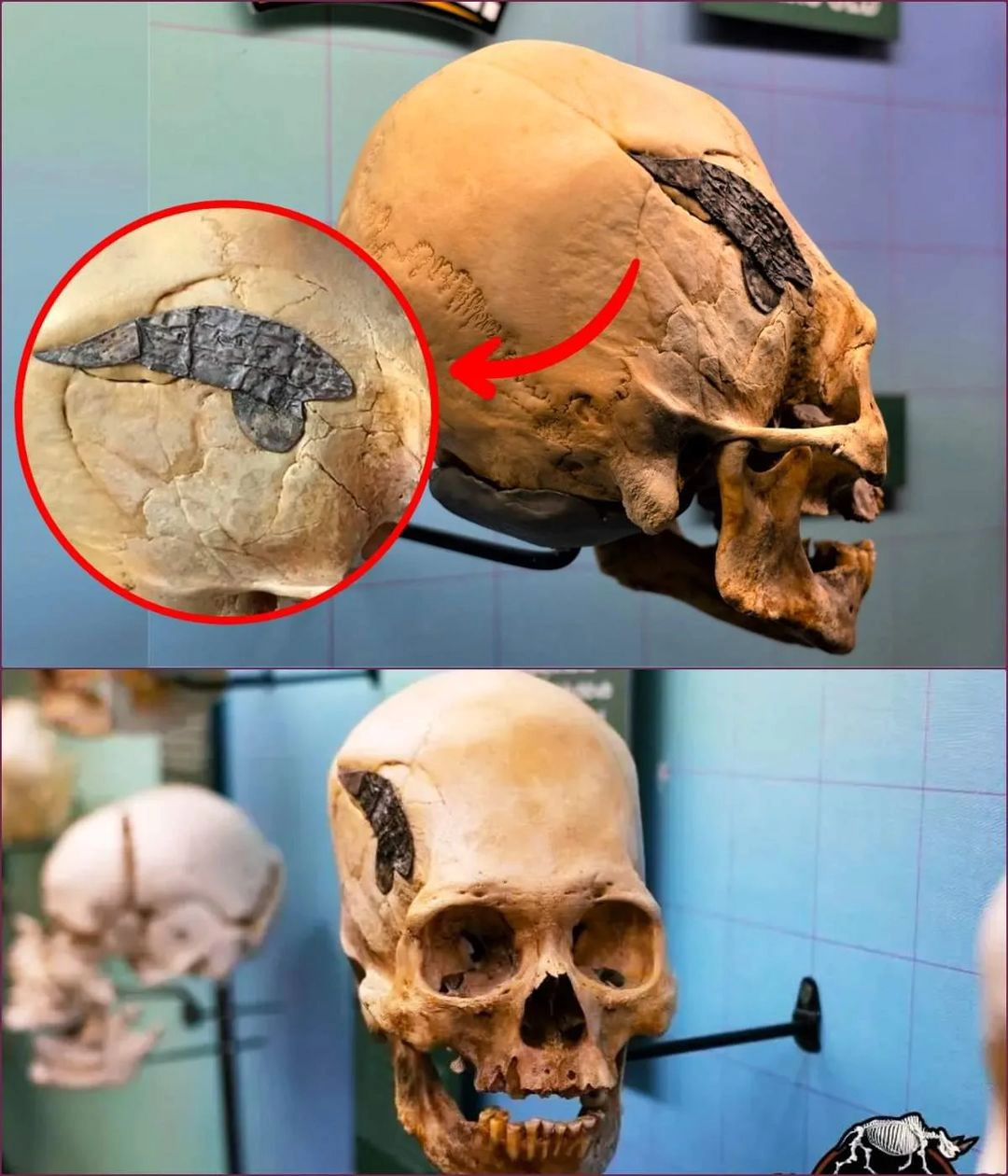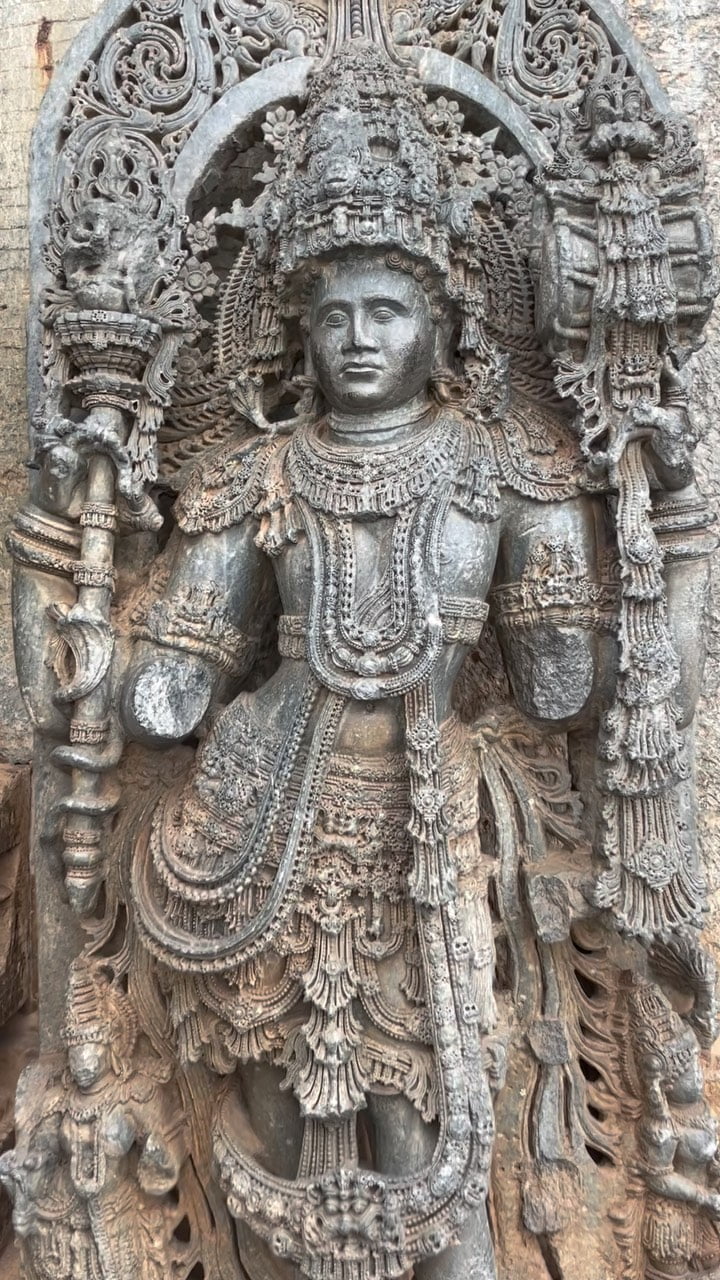The mystery of the Siberian Ice Maiden
In 1993, Russian archaeologist Natalya Polosmak and her team discovered an ancient tomb at the Ukok Plateau, in the Altai Mountains region of Russia near the border with China.
The contents of the tomb were embedded in ice. As the archaeologists carefully melted the ice, they saw a burial of some very important person – six horses in full harnesses were sacrificed and buried near a wooden coffin made of a solid larch wood tree trunk. Inside the coffin, a body of a young woman was interred, in an astonishing state of preservation – even the tattoos on her skin could be clearly seen.
The archaeologists transported the body to Novosibirsk to carry out the necessary research. But it caused an outrage among the Altai people. They still believe the ‘Princess of Ukok Plateau,’ or, as she was called in English-language press, ‘The Siberian Ice Maiden,’ is the mystical keeper of Altai and the guardian against the evil powers. The locals claimed that the ‘Princess’ was the progenitor of Altai people and must be returned to her place of burial.
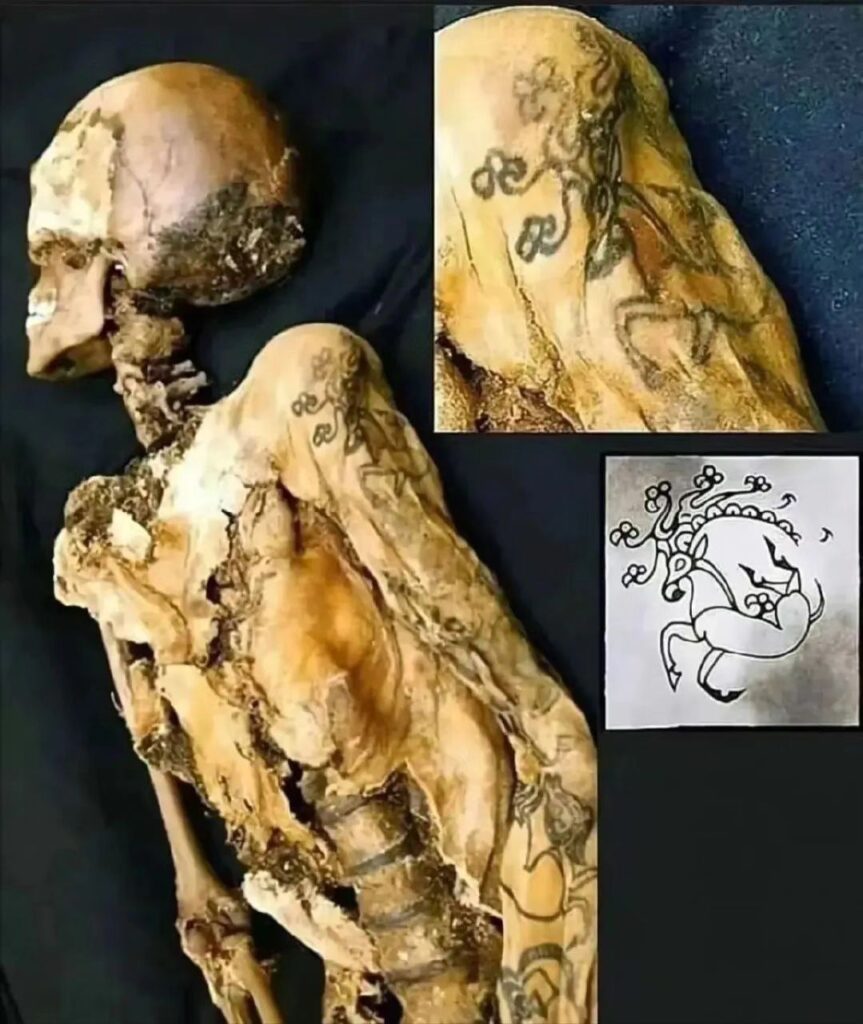
The woman’s body, carefully embalmed using peat and bark, was laid on its side as if she were asleep. She was young and her hair was shaved, but she wore a wig and a tall hat. She was 167cm tall. Some tribal animal-style tattoos remained on her pale skin: creatures with horns that evolved into floral shapes. Her coffin was made large enough to accommodate the 90cm felt headdress she wore. She was also wearing a long wool skirt with red and white stripes and white felt stockings.
The ‘Maiden’ belonged to the Pazyryk culture. The Pazyryk people, a congregation of Scythian nomadic tribes, lived in the Altai mountains in the 6th to 3rd centuries B.C. But how could she be preserved so well?
Also head out to our story: Lyuba and Dima, two juvenile woolly mammoth mummies from Siberia
To our latest blog: Archaeologists found a perfectly preserved “3000 year old sword in Germany”

